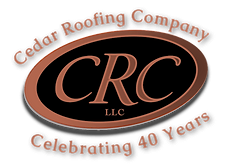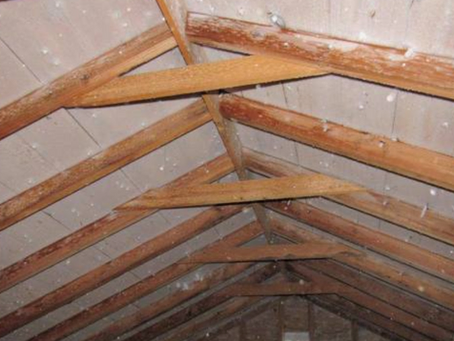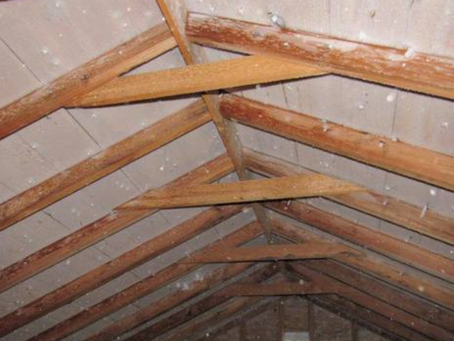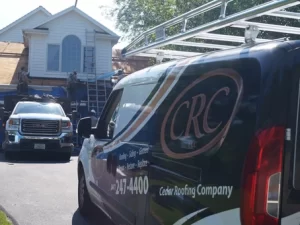Is My Roof Leaking, Or Is This Condensation?
I took a call from a frustrated homeowner 2 weeks ago who said that it was literally “raining” in her dining room!
The extreme swings in temperature we’ve experienced in the last few weeks, from brutally cold to nearly 50 degrees, is triggering this rare occurrence for many homeowners. Ice and frost has formed inside their attic and then melted during the sudden warm-up, causing “indoor rain”. One of the problems is that there are no warning signs. Homeowners may not be aware of the situation until it’s too late.
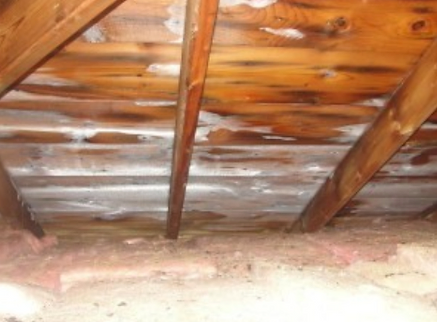
Although water staining on your ceiling can indicate a roof leak, when the temperatures rise after a deep freeze the culprit is more often condensation in the attic. What can you do to help prevent attic condensation? Here are some tips:
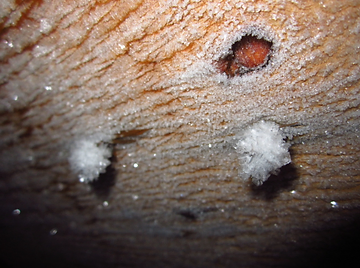
1. Check your vents
Your vents and exhaust fans should remove the warm, moist air from your your bathrooms, stove, and clothes dryer, releasing it outside your home. You don’t want humid air sealed inside your home during the winter!
2. Use humidifiers minimally during the winter
Winter air can be dry and uncomfortable, so it’s understandable to want to add extra humidity during cold, dry winters. However, humidifiers can create major problems! Try keeping humidity levels at 20% when it’s extremely cold outside. You can bump that up to 35% or so, as the temps rise.
3. Ensure you have enough attic insulation
One of the best ways to prevent warm, humid air from reaching your attic is to make sure it has enough insulation. If there isn’t, or if your current insulation is old and worn, you may need to add more.
4. Make sure your attic has adequate ventilation
In the winter, warm moist air can seep into the attic from the living spaces below. Good ventilation allows the heat and moisture to escape. That keeps your attic cool and dry, reducing condensation and ice dams.
